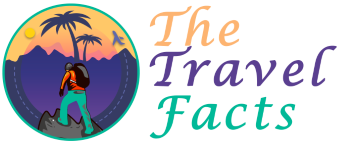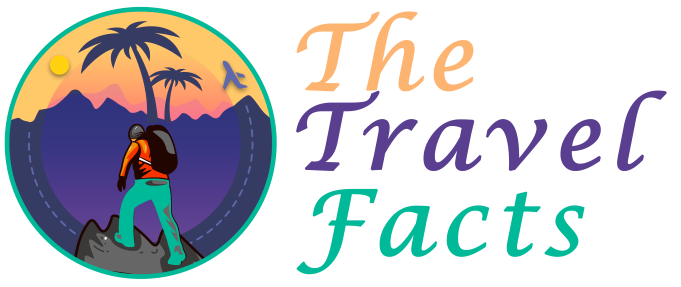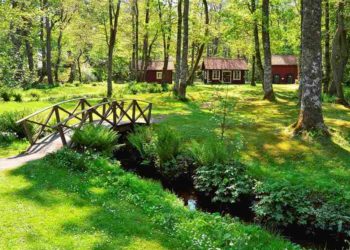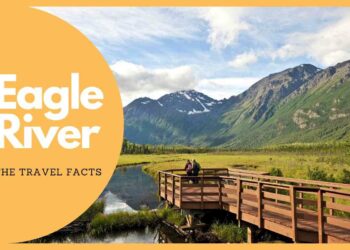Expect to be active because there is a lot to do in the large state of Arizona. What an Arizona road trip, though, Explore the unusual scenery at Petrified Forest, walk the short, enjoyable trails in Sedona, see much more cacti than you can count, and watch the sunset so over Grand Canyon.
This Arizona road trip plan includes visits to three national parks, as well as stops at Monument Valley’s buttes and mesas, the enchanted Antelope Canyon, and Sedona’s desert hills.
Arizona is a gorgeous state with breathtaking natural scenery, distinctive cultural landmarks, and energetic towns. A road trip of seven days is a great opportunity to experience all that Arizona has to offer. Here is a recommended route for the ideal 7-day road trip through Arizona:
Table of Contents
Day 1: Phoenix to Sedona
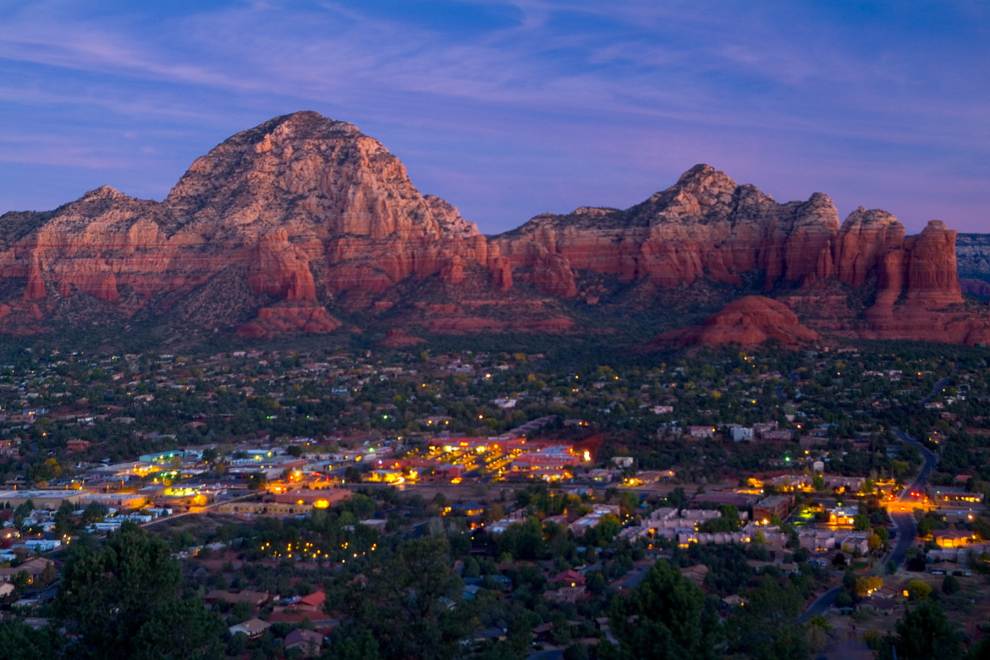
Phoenix, the capital of Arizona, is ranked as the fifth-most populous city in the United States.
Due to its position in the Salt River Valley, it is also known as “The Valley of the Sun.” Real ranchers, red-rock buttes, and cacti can all be found there. your journey from Phoenix Enjoy the day visiting the city’s top attractions, including the Arizona State Capitol Museum, the Heard Museum, and the Desert Botanical Garden. Make your way to Camelback Mountain in the evening for a breathtaking hike at dusk.
Night stays in Phoenix: You can look up some affordable hotels and reserve them for one-night stays in Phoenix. Luxury hotels are another option. You can check out The Camby, Autograph Collection, a five-star deluxe resort hotel Downtown. Families and traveling parties will enjoy themselves at the family-friendly resort hotel Arizona Grand Resort and Spa. This is a potential choice.
Day 2: Sedona
The beautiful desert town of Sedona, renowned for its red rock formations but also ethereal energy, can be reached by car. Hike in Red Rock State Park or spend the day shopping and perusing the art galleries in Sedona’s center.
Visit these places as you travel from Phoenix to Sedona:
This small desert community, which straddles the western boundary of the Tonto National Forest, is 45 minutes from Phoenix. The Agua Fria National Park, which covers 71,000 acres, is the next stop. Here, you will discover a vast mosaic of prehistoric sites etched into the rocks and semi-desert environments that have been documented for more than 2,000 years.
The five-story Montezuma Castle is home to some of the Sinagua people’s well-preserved cliff homes. In addition to wine tasting, Sedona has many wine excursions that also include other activities like taking in the breathtaking scenery,
On that day, you can do more exploring in Sedona by doing the following:
Red Rock state park: There are hiking paths, picnic areas, and breathtaking views of red rocky outcrops that Sedona is renowned for at this 286-acre nature reserve.
Cathedral Rock: One of the Sedona sites that receive the most photos is Cathedral Rock, a famous rock formation.
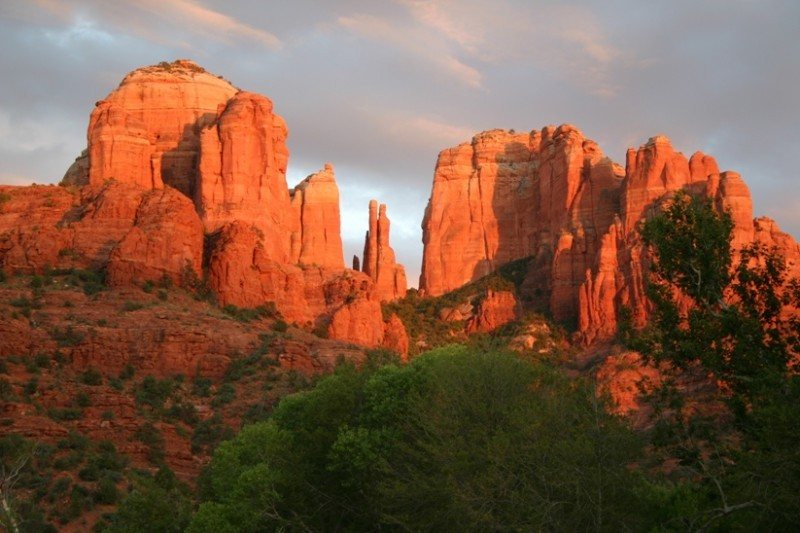
Canyon Oak Stream: One of the beautiful stops you can make on way to the Grand Canyon is the Oak Creek Canyon.
Tlaquepaque: The world-famous shopping district Tlaquepaque, also known as Sedona’s Arts and Crafts Village, must be visited to complete your journey to Sedona.
Night stay: With this road journey, the day will soon be almost over. Sedona is renowned for its expensive resorts as well as spas, yet there are also extra reasonably priced lodging choices there. In Sedona, there are many excellent Airbnbs to choose from. You simply have to check out these unusual locations to stay, some of which have hot tubs and treehouses.
Day 3: Sedona to Grand Canyon
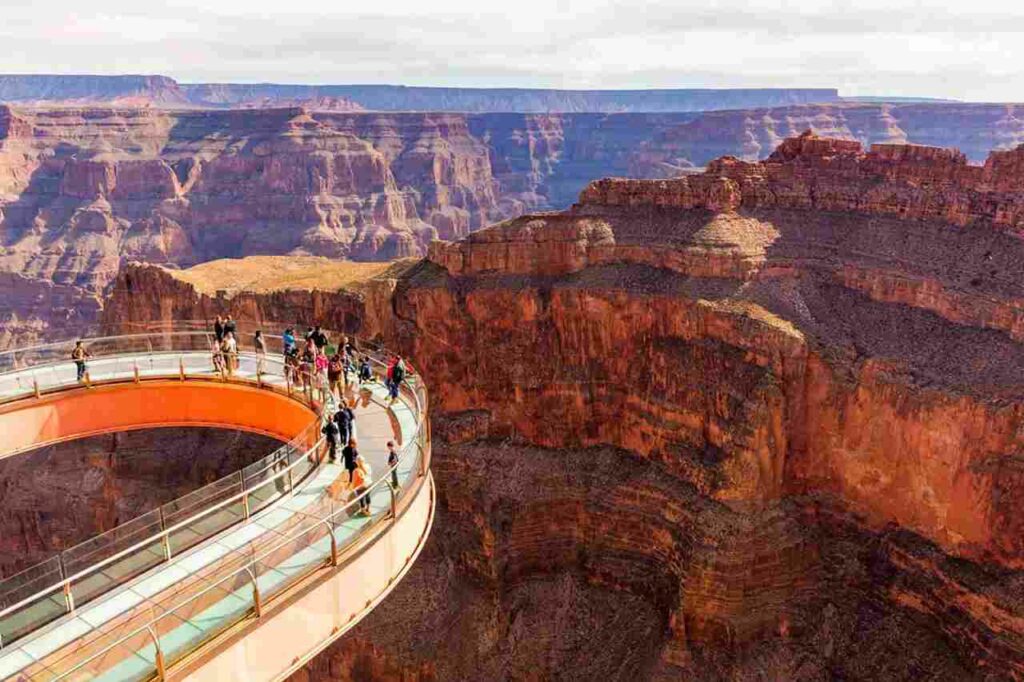
Visit the Grand Canyon, which was one of nature’s most recognizable marvels. Spend the day hiking along the South Rim, admiring the breathtaking scenery, and learning at the tourist center about the geology and history of the canyon. Watch the sunset so over the canyon in the evening before retiring to a local lodge or campsite for the night.
Big Gorge At Tusayan’s Imax: A massive six-story movie screen and more than 12,000 watts of computerized surround sound are highlights of the Imax Theater at Tusayan.
Flagstaff’s Museum of Northern Arizona: This museum is one of the best regional museums in the world and is situated in Flagstaff, Arizona. It is accompanied by excellent geological, ecological, and cultural resources.
Yavapai Point: Many tourists choose to park at the conveniently located lot at Mather Point and walk over to Yavapai Point to view the Grand Canyon’s sunset because vehicles longer than 22 feet are not allowed in the small parking lot nearby this point.
No issue which route you take, be ready for bad weather, particularly in the winter when ice and snow can make traveling conditions dangerous.
Night stay at the Grand Canyon: At the foot of Williams Mountain, in a Ponderosa woodland, is the Sheridan House Inn, an Arizona bed and breakfast. Near the Grand Canyon, there are lots of great Airbnbs. Being so near to the Grand Canyon makes it possible to visit it entirely without having to make a trip there. The Grand Canyon Village is home to five motels El Tovar, Thunderbird Lodge, and Maswick Lodge.
Day 4 at the Grand Canyon:
On the 4th day of your epic road journey through Arizona, you will visit the renowned Grand Canyon.
You can choose to observe the dawn over Horseshoe Bend in the morning. This is a calm spot to be at sunrise because there are fewer people around. Compared to sunset, it is a very different sensation.
As you travel to Grand Canyon Village along Desert View Drive, you can stop at a variety of views. All of them are magnificent, but we prefer Desert View Point.
Flight in a Helicopter over the Canyon: The Grand Canyon is best experienced from the helicopter flying above, where you can take in all the breathtaking vistas.
Rim Trail: The Grand Canyon’s rim is followed by the asphalt Rim Trail. The Main Amphitheatre can be seen from above on this path, which runs from Fairyland Point to Bryce Point.
Hermits Rest Scenic Drive: Hermit Road is a well-known 7-mile route that travels along several breathtaking scenic viewpoints before getting to Hermit’s Rest. Hermit Road is situated at the west end of the south rim.
I suggest the South Kaibab Trail if trekking appeals to you. The path is much less crowded compared to the more well-known Bright Angel Trail, and the views are breathtaking.
Grand Canyon lodging options: The Grand Canyon Village is home to five motels El Tovar, Maswick Lodge, Bright Angel Lodge, Kachina Lodge, and Thunderbird Lodge. You benefit from staying here by having quick access to shuttles, being close to several viewpoints, and not having to deal with traffic every day entering and leaving the area.
Day 5: Horseshoe Bend and Antelope Canyon
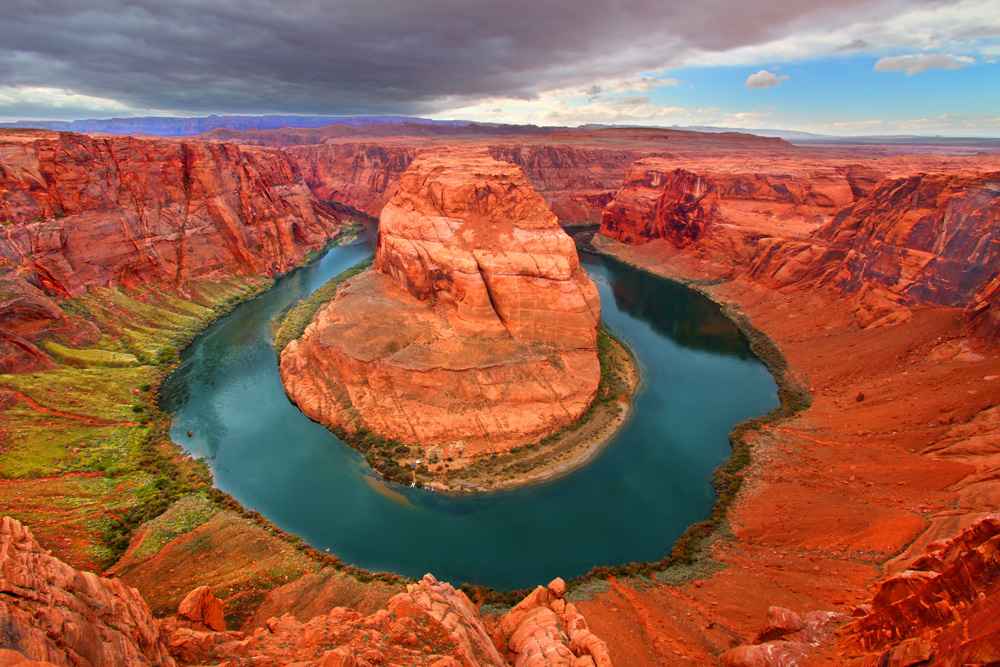

Antelope Canyon is only one of the breathtaking and picturesque natural structures that you will see here. It is only a short distance east of Page and also is made up of towering, winding sandstone walls. Additionally, there are motels in this area like Horseshoe Bend.
From US Route 89, the Horseshoe Bend Hike is indeed a 3/4-mile hike along a partially steep and partially deep sand path. Despite the brief distance of the hike, be ready for a challenge.
Travel to Page, a tiny community close to several natural marvels. Visit the breathtaking Horseshoe Bend overlook of the Colorado River, go on a boat trip to Lake Powell to view the red rock canyons from the water, and then return to the Grand Canyon for the night. Alternatively, you can remain close to hotels in Page.
Day 6: Monument Valley
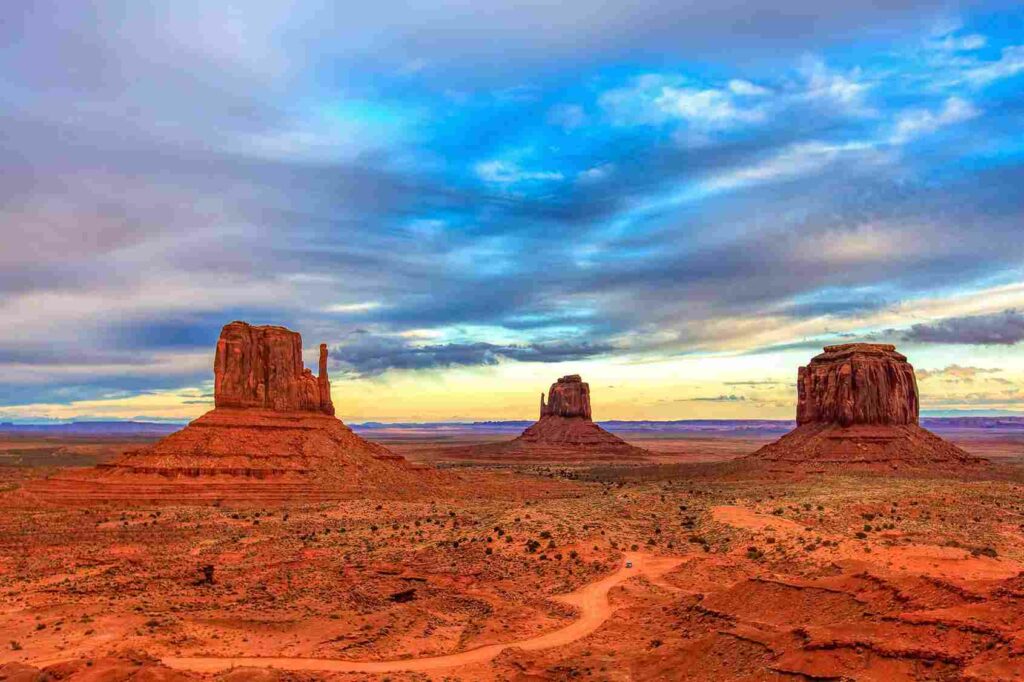
Go to Monument Valley, a red-sand desert area near the boundary of Arizona and Utah. Discover the famous sandstone formations and the Navajo culture by going on a guided walk of the valley. Enjoy a typical Navajo meal in the evening while stargazing beneath the open desert skies.
Drive the 17-mile Valley Drive circle in Monument Valley. This route takes you past some of Monument Valley’s most well-known attractions. Forrest Gump Point, a guided walk of Monument Valley, and an optional diversion to the Valley of the Gods are some additional must-do activities. Watch the sunset so over mittens at the close of the day.
Tribal Park Loop, Valley Drive: This 17-mile scenic circle passes by some of Monument Valley’s well-known locations. This loop’s road is rough and dusty, and you can travel it by yourself.
Day 7: Return to Phoenix and take a flight home
The journey is now over and it’s time to return to Phoenix, but on the day you’re returning, you can make it more interesting by visiting the places you missed on Day 1 and spending a brief time in Saguaro National Park.
The Saguaro cactus, which only grows inside the Sonoran Desert, is the source of the park’s moniker.
Visit Saguaro National Park for the day, in the early afternoon or late at night take a flight to home.
